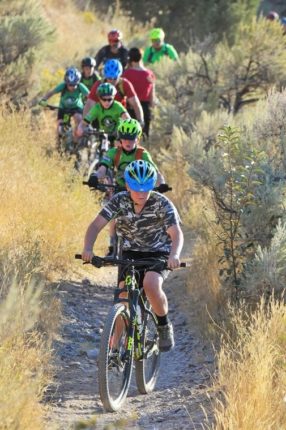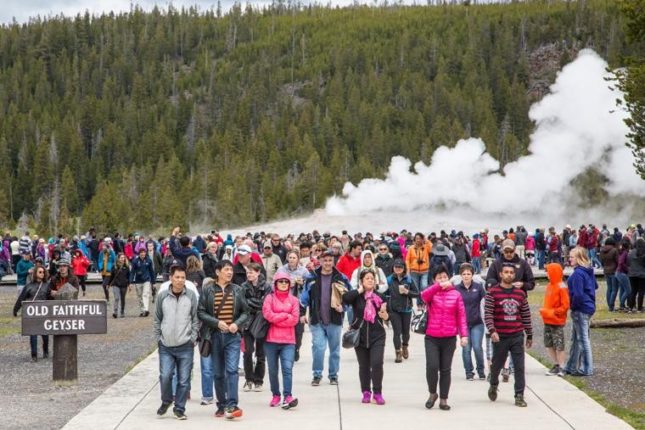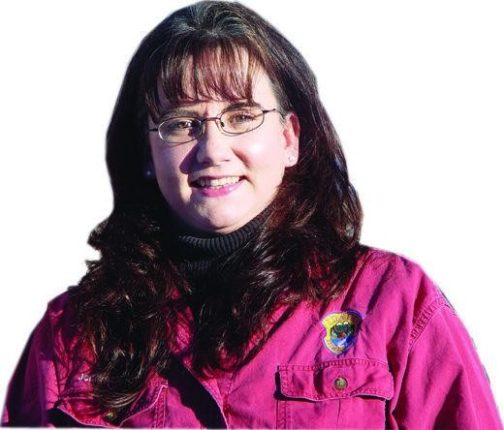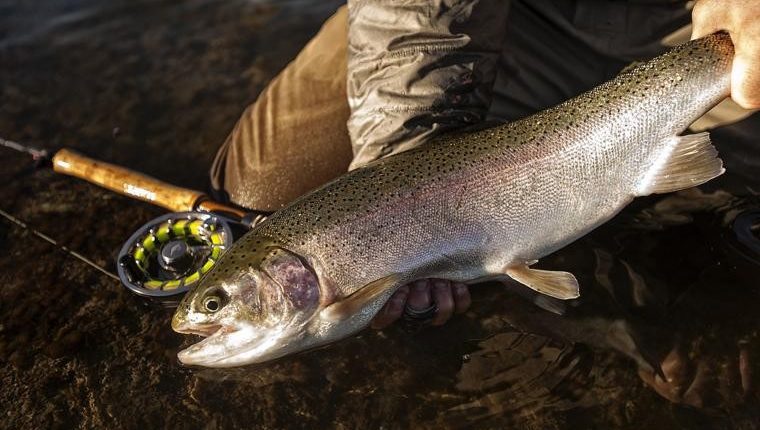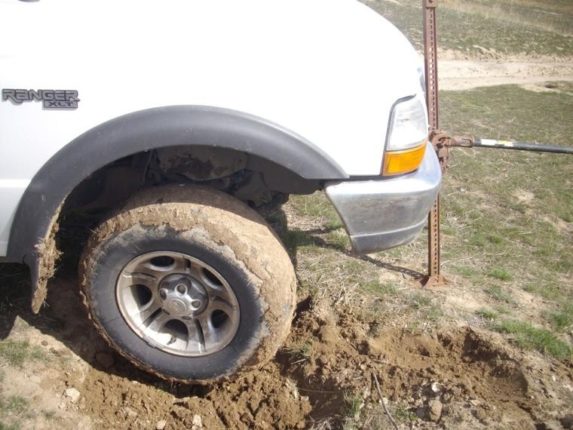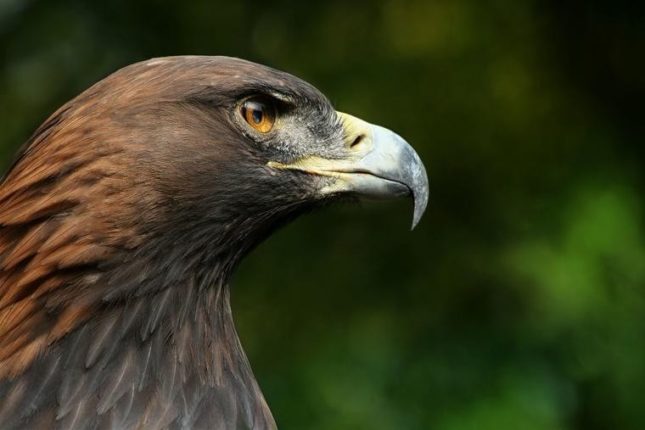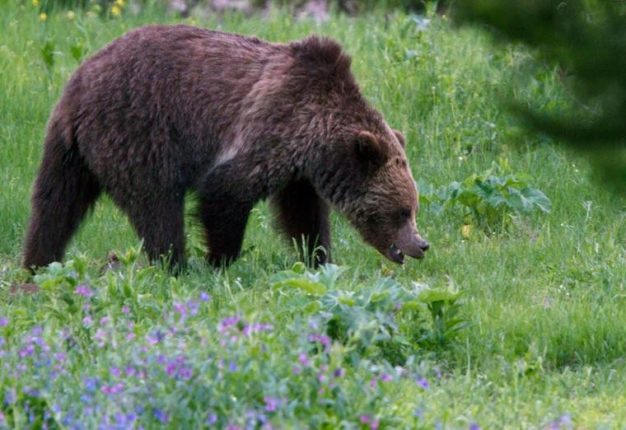POCATELLO — Brennen Dye thought about playing football at Pocatello High School, but ultimately decided he was undersized.
Sydnie George was “devastated” when she was cut from Highland High School’s freshman volleyball team.
Today, they’re both seniors, thriving as athletes in a relatively new, but rapidly growing, youth team sport in Idaho: mountain biking.
They race along with students from five area middle schools and five area high schools as members of the Pocatello Pioneers. It’s a team in which nobody gets cut and every athlete can claim victories measured in personal growth.
Dye, a boys’ captain, has become one of just a dozen elite riders in Idaho who race in the varsity class. He routinely stands atop the podium during post-race medal ceremonies. And George, now a girls’ captain, has found her path to personal achievement on the trails, rather than the volleyball court.
“I can tell you, I was the slowest of the slow, the worst of the worst,” George recalled. “But I have come to love it, and it has taught me so much more than I know I could ever learn playing volleyball about hard work, dedication and about myself.”
The Pioneers compete in the National Interscholastic Cycling Association.
The club team isn’t affiliated with any school district, though organizers recruit talent during local schools’ fall sports assemblies.
For trail users who encounter the Pioneers on practice days — at least before the team divides into smaller groups — yielding to the passing riders can be like waiting on a freight train.
The team has grown from just 13 students during its first season five years ago to 75 current athletes. The Pioneers are no longer allowed to compete as a single team, and must now register racers based on their schools.
Coaches have been especially pleased by recent growth in the number of girls donning the lime-green Pioneers’ jersey.
“When I joined the team, I raced against one girl,” recalled Kobae Dye, a Pocatello High School freshman who joined while in middle school. “Nowadays, I race against like 30 people.”
Victoria Horrocks, a Century High School sophomore in her first season with the Pioneers, appreciates that her teammates have made her feel included. She also loves race days and “just coming to the finish line and feeling so accomplished.”
Practice rides, usually hosted in the City Creek or Mink Creek areas, can range from 5 to 17 miles. Many of the high school girls look forward to the practices as much for the social outlet as for the physical training.
“It really is like therapy,” said Erica Gardner, a Highland junior. “You just come out and ride with your friends and talk to them and have fun.”
Bob Walker, a competitive road cyclist from Pocatello, proposed establishing the Pioneers after he discovered a youth mountain biking league in Utah while cycling there. Walker and Barrie Hunt, owner of Barrie’s Ski & Sports in Pocatello, put up the seed money to buy jerseys and cover the team’s gas. Dan VanWasshenova, the founding head coach, would drive a bus transporting the original 13 athletes to races in Utah, and Troy Gardner, who is still a Pioneers’ coach, would haul the kids’ mountain bikes in a trailer.
Idaho Falls fielded a team for the Utah league during that same season, in the fall of 2013. Several other Idaho cities have since started teams, enabling the Pioneers to compete in state.
“I think this team has added so much,” Gardner said. “All of these kids wouldn’t have anything to do in high school if it wasn’t for this.”
Teams in Wyoming and Montana have joined the Idaho league, though Montana plans to start its own league next season. Idaho currently has five racing sites — in Twin Falls, Sun Valley, McCall, Boise and Driggs.
Pioneers’ head coach Jordon Marshall said about 650 racers competed in the most recent Idaho competitions, hosted in Driggs and Sun Valley. The Pioneers plan to build a race course in Pocatello, on Bureau of Land Management ground above the Satterfield neighborhood on the east bench. Marshall said the course could be open for races within the next few years and would have a significant economic impact on the community, as races would draw hundreds of athletes and their friends and family members.
Marshall, an emergency room doctor with Portneuf Medical Center, said the Pioneers host an event each April in which students can borrow bikes and see how they like mountain biking, without an obligation to register for the team. Trek Bikes lends mountain bikes to Idaho league members who can’t afford their own equipment.
Local sponsors such as Phil Meador Subaru, Sand Trap Grill and Barrie’s Ski & Sports also support the team.
“You had a lot of kids who love being outdoors and riding bikes, and they needed their own niche, their own community,” Marshall said. “Not everybody loves ball sports and running cross country.”
